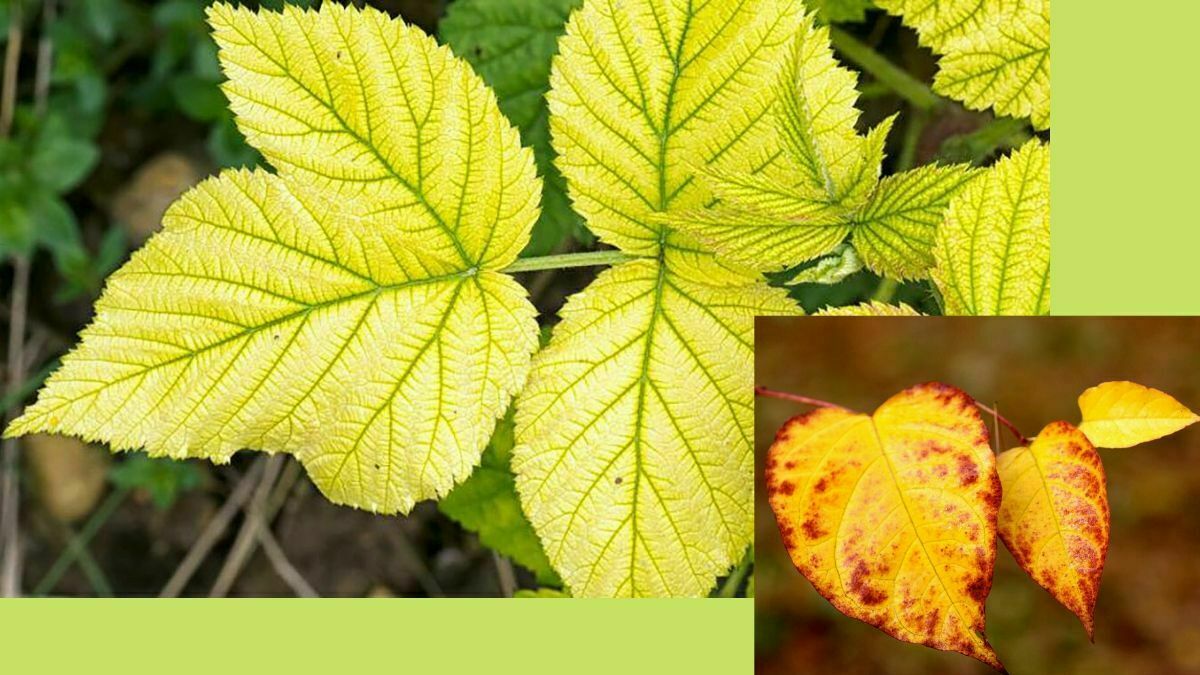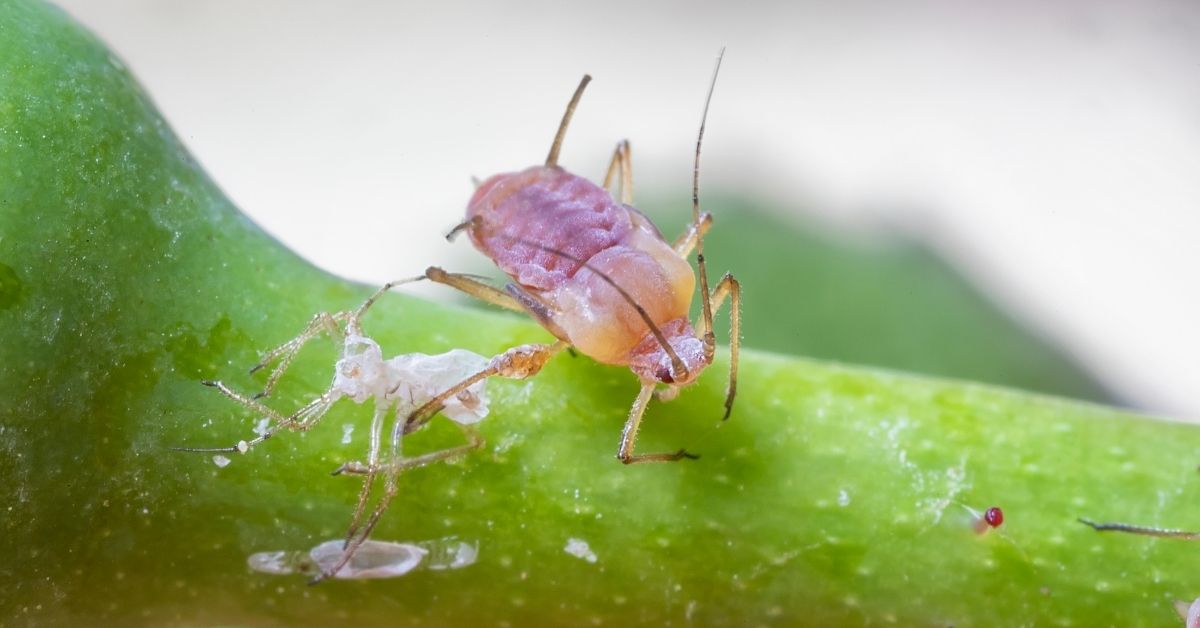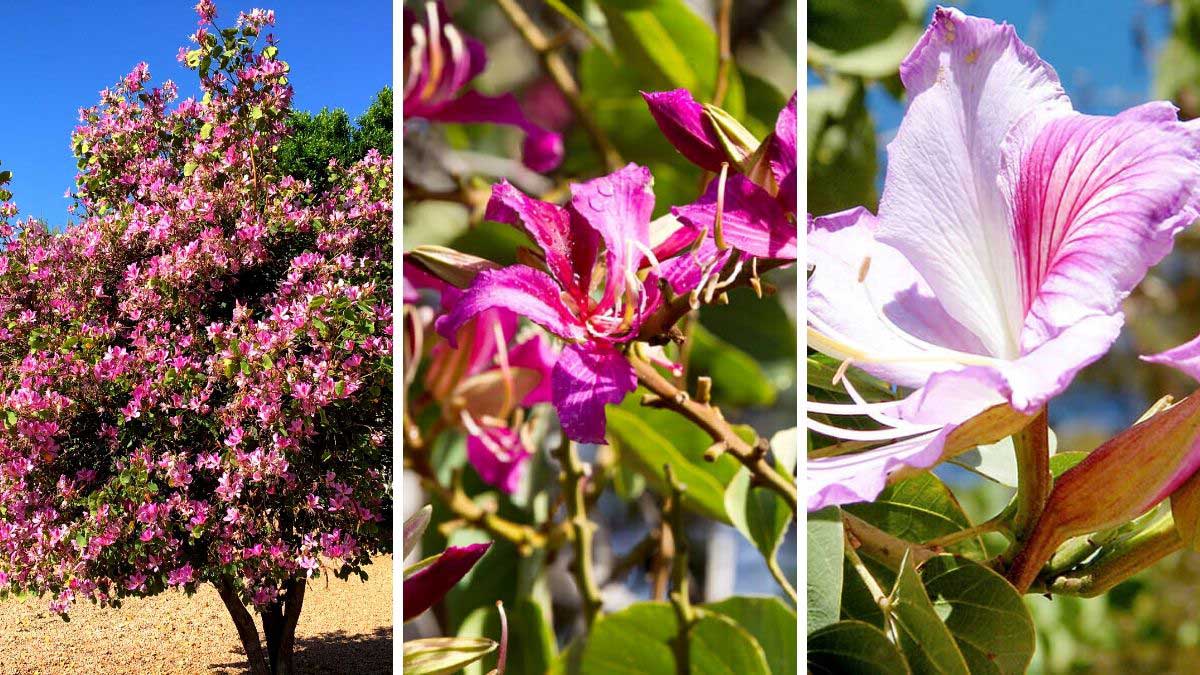Yellow leaves on plants may indicate iron deficiency. Hydrangeas, roses, and rhododendrons suffer particularly often from the so-called chlorosis. To learn the reasons for iron deficiency and Chlorosis, and how to fix yellow leaves on plants in your backyard garden keep reading all.
Chlorosis, also known as anemia, is a common phenomenon in plants such as azaleas and hydrangeas. But what actually happens with this disease? Chlorosis is basically a deficiency of the green pigment chlorophyll. However, this dye is essential for the survival of every plant, as it is used to capture the energy of the sun’s rays.
Therefore, chlorosis should always be treated. However, the causes of the disease could hardly be more diverse. However, in our region, there are often the same triggers for leaf disease. Here you can find out why some plants can be more severely affected by chlorosis and how you can solve the problem in the short and long term.
How to detect chlorosis in plants
Detecting chlorosis is a child’s play! If a leaf contains too little green dye chlorophyll, it will appear yellow or partly red in autumn. But chlorosis does not always have to be a bad sign. Perennial plants break down their chlorophyll in autumn and store the nutrients recovered in this way for the next season.
You might like to see this: 10 simple tips for organic crop protection
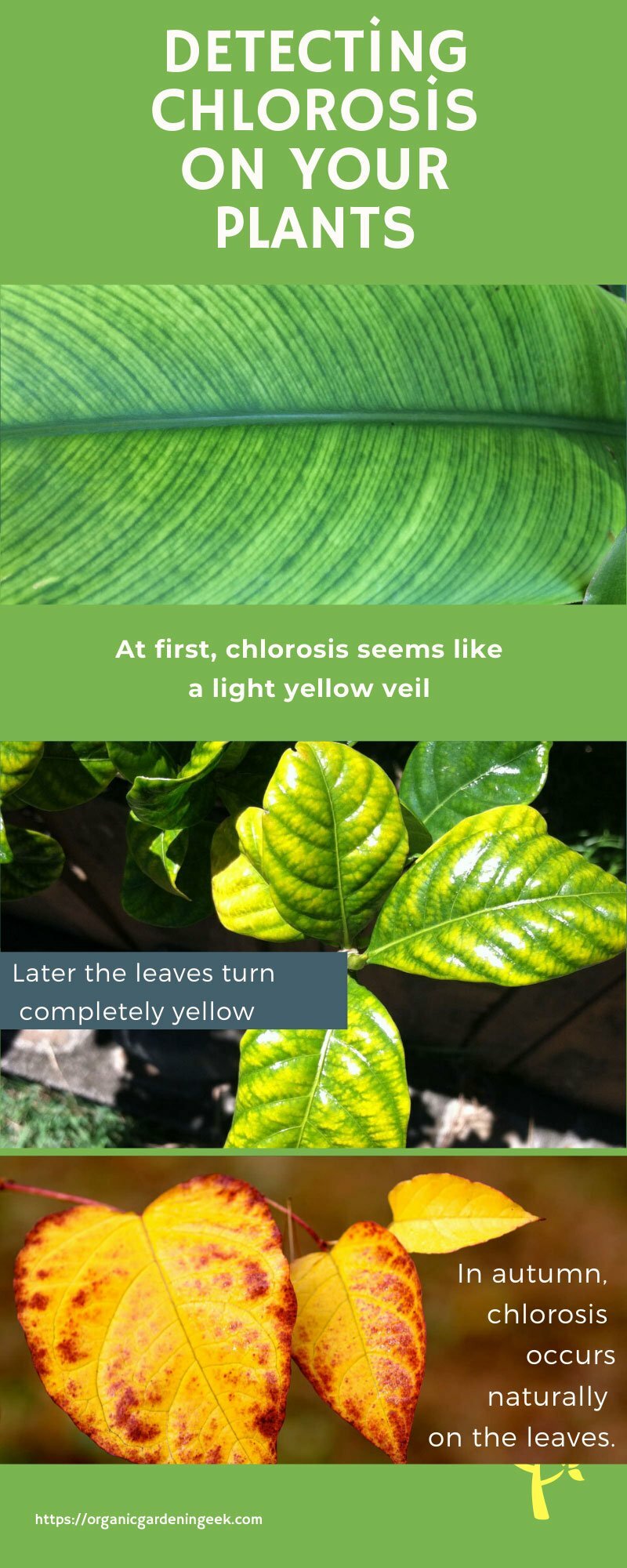
Even in annual plants, chlorosis does not necessarily have to be a bad sign. Especially old leaves, which are shaded by many new leaves, are extra ballast for a plant. Chlorophyll is also broken down in these leaves, and the leaves turn yellow and eventually fall off. However, if the yellowing of the leaves becomes rampant or new leaves are affected, then it is harmful chlorosis. If the cause is not fought, the yellow leaves on plants can die off after some time.
In our soils, the reason is often an iron deficiency in plants, but a nitrogen deficiency also often leads to the dreaded bleaching addiction. If one of these two nutrients is missing, chlorophyll can no longer be produced. Of course, chlorosis can also occur if other nutrients such as boron or magnesium are missing, but such a case occurs only very rarely.
You might like to see this: How to properly turn your compost
Types of Chlorosis
Unfortunately, not all chlorosis is the same. There are different forms of leaf disease, such as peak chlorosis or area chlorosis. Despite the different chlorosis, it is difficult even for experts to identify the cause correctly. For this reason, we limit ourselves to leaf yellowing, which can be easily distinguished.
If chlorosis occurs first in the younger leaves, iron is usually missing. If, however, the old leaves turn yellow; first, this is a sure sign of nitrogen deficiency. In rare cases, chlorosis occurs in a mosaic on the leaves. Then it is almost certainly a virus that has attacked the plant. Unfortunately, only resistant varieties can help against plant viruses. Direct control is not possible. As you might have noticed while reading the text, the most common reason for chlorosis is a lack of nutrients.
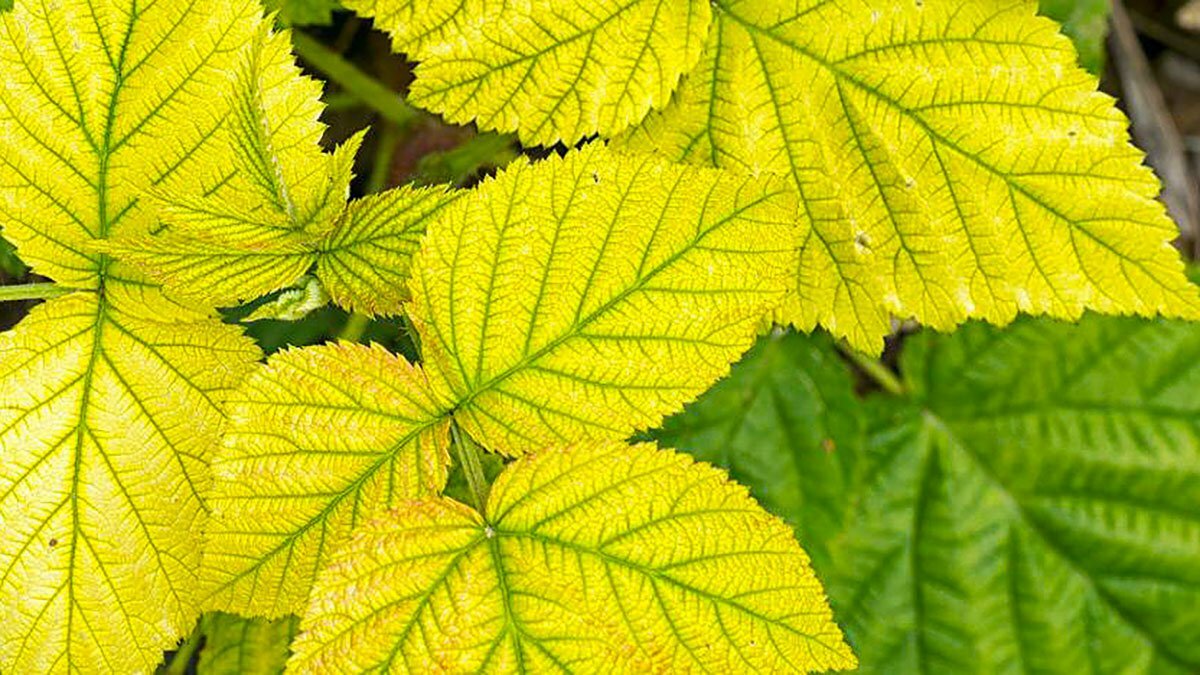
However, bad weather chlorosis can also occur. This is because certain weather conditions hinder the absorption of nutrients by the roots. For example, prolonged drought can lead to leaf chlorosis, because without water, the roots cannot absorb nutrients such as magnesium and nitrogen. However, continuous waterlogging and cold soil is just as bad. Especially with the nutrient iron, dripping wet roots lead to reduced iron absorption and, thus, to chlorosis. This is especially true for wine.
Prevent chlorosis and iron deficiency
Since the reason for chlorosis in the USA is often due to an iron deficiency, we are devoting special attention to this topic. By the way, in very few cases is there a real iron deficiency. Rather, certain circumstances mean that plants cannot absorb the existing iron. The pH value in the soil has the most significant influence here. If the value rises above 6.5, less and less iron is absorbed by the plant. PH values below 6, on the other hand, promote iron uptake and must, therefore, be aimed for in cases of chlorosis.
For this reason, you should first measure the pH value of the soil in the case of chlorosis. ph soil test sets available online are particularly well suited for this purpose, as it is easy to use. If the suspicion that the soil is too alkaline is confirmed, Epsom salt or peat can help. When using Epsom salt, it is essential to adhere to the manufacturer’s prescribed quantities, and if peat is used, it must be lime-free.
However, it is not the case that all plants suffer from chlorosis at a pH value above 6.5. This is because plants have to become active to absorb iron. They release organic acids via the roots and thus absorb more iron. Some plants, like citrus and rhododendron, are simply not as edible as other plants. By the way, even varieties of one plant species can differ significantly in their iron absorption. If you have big problems with chlorosis, then besides the pH-value change, other preventive and long-term measures can be take
Regular watering during dry periods (it is essential to wet the whole root ball)
Adding lime reduces the absorption of iron (very calcareous tap water is also bad)
In the event of waterlogging, incorporate compost into the soil, thus providing the roots with a better air supply.
Iron deficiency tends to occur in purchased substrates; natural soil usually has a plentiful iron supply.
Fighting Chlorosis and anemia:
Fighting chlorosis is not that difficult. If you have already ruled out the possibility that the pH is responsible for the bleaching, you may really have an iron deficiency. This often happens when growing tomatoes and roses in pots. Here it is rather unimportant which nutrient is responsible for the chlorosis. In most cases, the nutrient deficiency is compensated with a fertilizer that contains all the crucial nutrients.
When choosing a fertilizer, you should not only look at the price. Cheap supermarket fertilizers usually contain only the most essential nutrients, such as nitrogen, phosphate, and potassium. Make sure that the fertilizer also includes all the micronutrients, including iron, manganese, copper, zinc, boron, and molybdenum.
How to fix iron deficiency in plants
In addition to the essential trace elements, a good fertilizer also contains a particular form of iron, chelate. A chelate envelops the iron molecules in the soil, making it much easier for plants to absorb the iron. By the way, this mechanism was taken from nature. Sweet grasses such as wheat, corn, and rice can themselves form chelators in their roots. As a result, these plants often have fewer problems with iron deficiency.
A particularly quick solution to get chlorosis under control is leaf fertilization. Through leaf fertilization, the nutrients are absorbed directly and can be utilized. But be careful: When using leaf fertilization, iron with chelate must not be used, as it can damage the leaves. Therefore, it is better to use special leaf fertilizers. Please do not despair if the already yellow leaves fall off or die off. Unfortunately, chlorosis cannot always be reversed. But as long as the new leaves are juicy green, everything is in the proverbial green zone.
The following products have proven themselves in our garden:
Rose fertilizer: High-quality special long-term fertilizer, which supports the leaf green with 2% magnesium oxide and iron.
Rhododendron fertilizer: Plant-specific fertilizer formula for beautiful flowers and healthy growth. Supports chlorophyll with 2% magnesium oxide and iron.
Tomato fertilizer: It’s a high-quality special long-term fertilizer that ensures tasty, healthy fruit, and a plentiful harvest.
